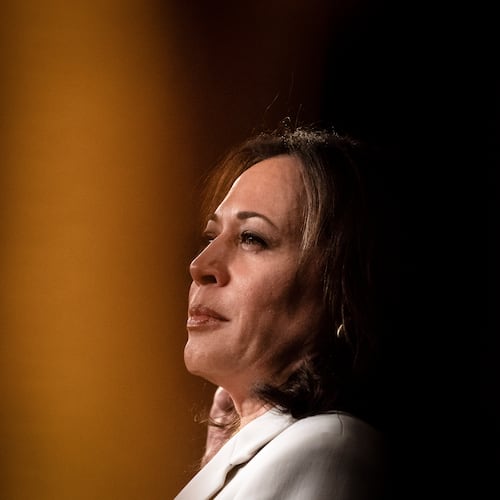The alliance between the Gold Dome and Atlanta City Hall that helped forge a publicly-financed plan to build a mini-city atop downtown’s long-neglected Gulch also laid the tracks to snag a Fortune 500 company.
Gov. Nathan Deal and Mayor Keisha Lance Bottoms are set to formally announce on Wednesday the decision by railroad giant Norfolk Southern to leave its Virginia headquarters for a site in Midtown Atlanta, bringing with it 850 jobs.
Some economic development deals are more convoluted than others. Norfolk Southern set a new standard: It was arguably the most complex of the corporate relocations that Deal and the city of Atlanta landed during the governor’s two terms.
It started a few years ago when the city, state and developer CIM Group began discussing a plot of land owned by the railroad firm smack in the middle of the Gulch, the unsightly warren in the heart of downtown.
Those talks soon morphed into a chance for Georgia to win the $575 million home office of one of the nation’s biggest railways. Norfolk Southern eventually agreed to move to a site in Midtown Atlanta – but it needed to sell the Gulch land first.
A mini-city
It wasn’t easy. The land involved in the mammoth $5 billion Gulch redevelopment is one of the most challenging development sites in the state.
Developers envision glittering office towers, posh retail outlets and a dense cluster of residences there one day. But now it's a 40-acre swath of dirt and sunken parking lots that's crisscrossed by rail lines and sandwiched between the stadium and the Five Points MARTA station.
To create the 12 to 15 city blocks CIM wants to build, the company aims to build a $700 million platform to raise the development site 40 feet to the level of surrounding streets and to preserve space for trains to operate underneath.
Before CIM would buy Norfolk Southern’s land, the California-based developer wanted the city and state to forgo decades of future sales and property taxes to help fund the project and costly infrastructure. The public tab could reach nearly $2 billion.
Georgia lawmakers approved the state’s piece of those changes in 2017 with little debate. But winning the approval of city councilmembers took an all-out lobbying effort.
Opposition groups quickly sprang up, arguing that the deal amounts to a "welfare check" to a powerful corporation. Community leaders and some councilmembers complained of a lack of transparency. The initial plan seemed headed for defeat, forcing supporters to overhaul the proposal.
Flip-flop diplomacy
To get the City Council’s sign off, Deal and Bottoms both ratcheted up the pressure.
In public, Deal took the rare move of wading into city politics. He urged city councilmembers to approve the Gulch project and turn the forlorn land into a "revenue producer rather than just a hole in the ground" – not least because the state owns a giant chunk of the sprawling property.
In private, his administration was forcefully advocating for the changes. His top aide, Chris Riley, met with city councilmembers to detail the state’s investment in the project – and warn that failing to approve of the changes could scramble Norfolk Southern’s plans to bolt for Atlanta.
One meeting was so hastily arranged that Riley showed up to City Hall after a workout in flip-flops and an Atlanta Hawks T-shirt to join the mayor to discuss the deal with three wavering city councilmembers.
In another rare move, the Deal administration dispatched Bert Brantley, a top state economic development official, to an hourslong listening session on the Gulch to answer any questions from residents and politicians about the deal’s impact. He stayed until the very end.
After months of intense debate, the City Council narrowly agreed in November to support the potential 10-figure public financing package. It’s still not a done deal, as legal challenges to bonds needed to start development of the Gulch are pending.
The council's vote happened on the eve of a divisive gubernatorial election that Republican Brian Kemp narrowly won after openly warring with Bottoms on the campaign trail.
One of the first steps he took after setting his transition team: Walking the 300 steps to City Hall to defuse tensions with Bottoms.
The Latest
Featured





